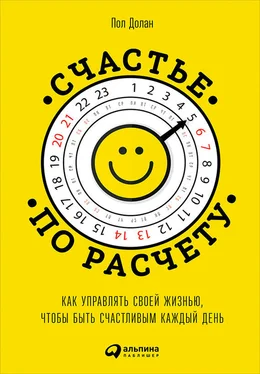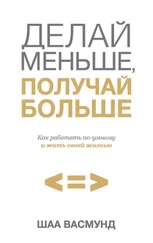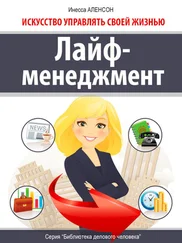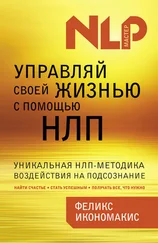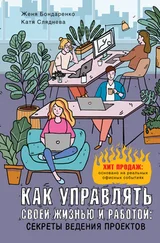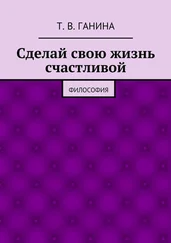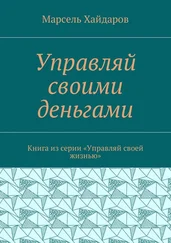Duflo E., Saez E. The role of information and social interactions in retirement plan decisions: evidence from a randomized experiment. National Bureau of Economic Research, 2002.
Lee E. The relationship of motivation and flow experience to academic procrastination in university students. Journal of Genetic Psychology 2005; 166: 5–14; Read D., Loewenstein G., Kalyanaraman S. Mixing virtue and vice: combining the immediacy effect and the diversification heuristic. Journal of Behavioral Decision Making 1999; 12: 257–73.
Johns G., Jia Lin Xie, Yongqing Fang. Mediating and moderating effects in job design. Journal of Management 1992; 18: 657.
Lavoie J.A.A., Pychyl T.A. Cyberslacking and the procrastination superhighway: a web-based survey of online procrastination, attitudes, and emotion. Social Science Computer Review 2001; 19: 431–44.
Dolan P., Olsen J.A. Equity in health: the importance of different health streams. Journal of Health Economics 2001; 20: 823–34; Dolan P., Tsuchiya A. The social welfare function and individual responsibility: some theoretical issues and empirical evidence. Journal of Health Economics 2009; 28: 210–20.
Dolan P., Shaw R., Tsuchiya A., Williams A. QALY maximisation and people’s preferences: a methodological review of the literature. Health Economics 2005; 14: 197–208; Edlin R., Tsuchiya A., Dolan P. Public preferences for responsibility versus public preferences for reducing inequalities. Health Economics 2012; 21: 1416–26.
Amiel Y., Cowell F., Gaertner W. Distributional orderings: an approach with seven flavors. Theory and Decision 2012; 73: 381–99.
Dolan P., Edlin R., Tshuchiya, A. The relative societal value of health gains to different beneficiaries-final report. National Co-ordinating Centre for Research Methodology, 2008.
Dolan P., Robinson A. The measurement of preferences over the distribution of benefits: the importance of the reference point. European Economic Review 2001; 45: 1697–1709.
Clark A., Fleche S., Senik C. The great happiness moderation. IZA Discussion Paper No. 6761, 2012.
Alesina A., Di Tella R., MacCulloch R. Inequality and happiness: are Europeans and Americans different? Journal of Public Economics 2004; 88: 2009–42.
Oshio T., Kobayashi M. Income inequality, perceived happiness, and self-rated health: evidence from nationwide surveys in Japan. Social Science & Medicine 2010; 70: 1358–66; Jiang S., Lu M., Sato H. Identity, inequality, and happiness: evidence from urban China. World Development 2012; 40: 1190–1200; Graham C., Felton A. Inequality and happiness: insights from Latin America. Journal of Economic Inequality 2006; 4: 107–22.
Knight J., Song L. Subjective well-being and its determinants in rural China. China Economic Review 2009; 20; 635–49.
Meier S., Stutzer A. Is volunteering rewarding in itself? Economica 2008; 75: 39–59.
Dunn E.W., Aknin L.B., Norton M.I. Spending money on others promotes happiness. Science 2008; 319: 1687–88.
Mogilner C., Chance Z., Norton MI. Giving time gives you time. Psychological Science 2012; 23: 1233–38.
Cacioppo J.T., Fowler J.H., Christakis N.A. Alone in the crowd: the structure and spread of loneliness in a large social network. Journal of Personality and Social Psychology 2009; 97: 977–91.
Luo Y., Hawkley L.C., Waite L.J., Cacioppo J.T. Loneliness, health, and mortality in old age: a national longitudinal study. Social Science & Medicine 2012; 74: 907–14.
Andreoni J. Impure altruism and donations to public goods: a theory of warm-glow giving. Economic Journal 1990; 100: 464.
Докинз Р. Эгоистичный ген. – М.: АСТ, Corpus, 2014.
Wilkinson G.S. Reciprocal food sharing in the vampire bat. Nature 1984; 308: 181–84.
Lloyd K. Happiness and the wellbeing of young carers: extent, nature, and correlates of caring among 10 and 11 year old schoolchildren. Journal of Happiness Studies 2013; 14: 67–80.
Bourassa D. Examining self-protection measures guarding adult protective services social workers against compassion fatigue. Journal of Interpersonal Violence 2012; 27: 1699–1715.
Fellner C.H., Schwartz S.H. Altruism in disrepute: medical versus public attitudes toward the living organ donor. New England Journal of Medicine 1971; 284: 582–85.
Sandstrom G.M., Dunn E.W. The virtue blind spot: do affective forecasting errors undermine virtuous behavior? Social and Personality Psychology Compass 2011: 5: 720–33.
Otake K., Shimai S., Tanaka-Matsumi J., Otsui K., Fredrickson B.L. Happy people become happier through kindness: a counting kindness intervention. Journal of Happiness Studies 2006; 7: 361–75.
Aknin L.B., Dunn E.W., Whillans A.V., Grant A.M., Norton M.I. Making a difference matters: impact unlocks the emotional benefits of prosocial spending. Journal of Economic Behavior & Organization 2013; 88: 90–95.
Rand D.G., Nowak M.A. Human cooperation. Trends in Cognitive Sciences 2013.
Nelson L.D., Norton M.I. From student to superhero: situational primes shape future helping. Journal of Experimental Social Psychology 2005; 41: 423–30.
Jonas E., Schimel J., Greenberg J., Pyszczynski T. The Scrooge effect: evidence that mortality salience increases prosocial attitudes and behavior. Personality and Social Psychology Bulletin 2002; 28: 1342–53.
Dolan P., Metcalfe R., Navarro-Martinez D. The determinants of default acceptance in charity donations. Working paper, 2013.
Apicella C.L., Marlowe F.W., Fowler J.H., Christakis N.A. Social networks and cooperation in hunter-gatherers. Nature 2012; 481: 497–501.
Cotterill S., Moseley A., Richardson L. Can nudging create the Big Society? Experiments in civic behaviour and implications for the voluntary and public sectors. Voluntary Sector Review 2012; 3: 265–74.
Dolan P., Olsen J.A. Distributing health care: economic and ethical issues. Oxford University Press, 2002.
Веблен Т. Теория праздного класса. – М.: Либроком, 2015.
Glazer A., Konrad K.A. A signaling explanation for charity. American Economic Review 1996; 86: 1019–28.
Griskevicius V., Tybur J.M., Van den Bergh B. Going green to be seen: status, reputation, and conspicuous conservation. Journal of Personality and Social Psychology 2010; 98: 392–404; Iredale W., van Vugt M., Dunbar R. Showing off in humans: male generosity as a mating signal. Evolutionary Psychology 2008; 6: 386–92.
Читать дальше
Конец ознакомительного отрывка
Купить книгу
